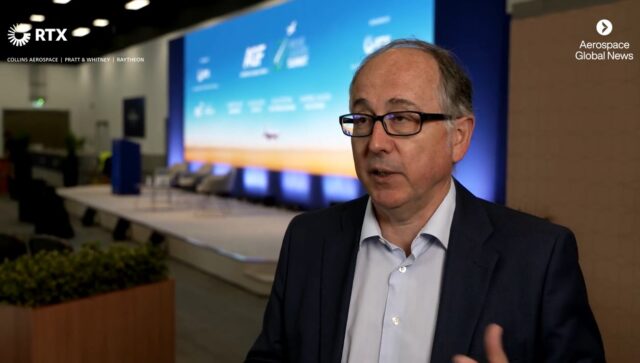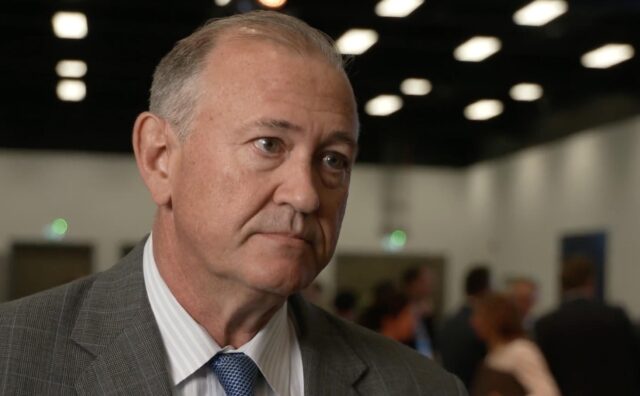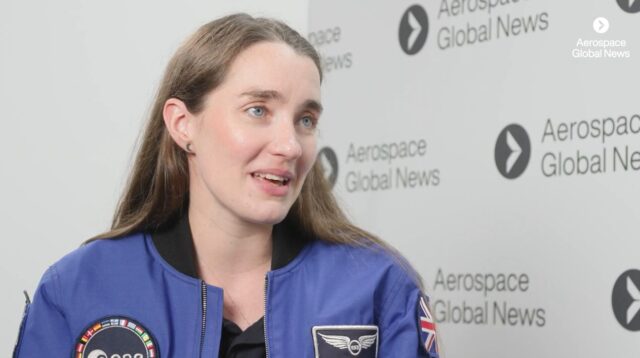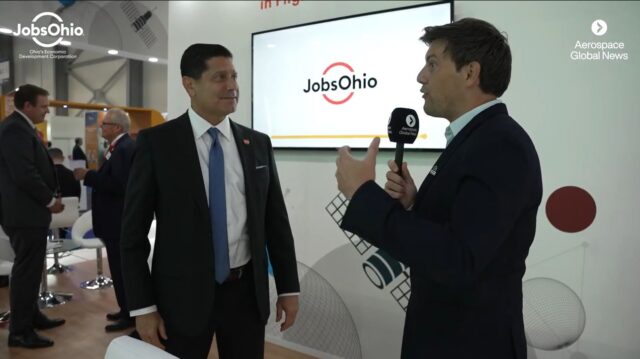FIA Connect day 3: building a balanced and resilient workforce
Farnborough Connect concluded by addressing the issues that were holding back the industry – diversity, digitalisation and skills.
An innovation survey published this week from PwC Aerospace found more than…
Farnborough Connect concluded by addressing the issues that were holding back the industry – diversity, digitalisation and skills.
An innovation survey published this week from PwC Aerospace found more than 20 per cent of companies still have no plans to introduce a diversity and inclusion strategy.
But UK Under Secretary of State for Transport Robert Courts, said a “Grassroots revolution” was needed and the government was taking action through its Reach for the Sky programme which will “inspire a new more diverse generation.” He explained: “The aim of the programme is to produce skilled varied sustainable workforce fit to seize the opportunities of the future, which aims to attract underrepresented groups and particularly young people to careers in aviation.”
Pushing the business case for diversity
Sessions heard that gender imbalance and a lack of diversity was still prevalent across businesses in the UK –with aerospace no exception. In the opening session, Christine-Anne Chevry, Senior Manager of Digital Industry at Airbus was keen to push the business case for diversity away from just being about women and men and towards creating a balanced workforce which reflected society.
As well as discussing their experiences as outliers in a male-dominated world and the female “superpowers” which can make companies more competitive, the panel talked about initiatives such as role modelling and mentoring which can encourage more girls and young women to consider industry careers.
Progress is “very, very slow”
Lynda McVay, Skills and Capability Director at Leonardo said: “I think they’ll probably get quite frustrated that we’re still talking about this, because we’ve been talking about it for a very long time. And we are making progress. But it is very, very slow. And, you know, the biggest argument for me really is we need those skills, why wouldn’t we do as much as we can to, to bring the levels up in the numbers of women that come into our industries? It just makes very obvious sense to me.”
Action needed to be imposed earlier than perhaps many companies would imagine, according to IATA director general Willie Walsh. Speaking in the “Challenging Together” panel in association with the Women In Aviation and Aerospace Charter, he explained that Aer Lingus had run a recruitment campaign specifically to attract more women into the role of pilot and engineer, but o the 7.610 applications received, 6,981 were men and 629 were women – 11 to one in favour of men.
“If we can’t succeed in getting equal representation at the application stage, then, it’s gonna take us a lot longer than 40 years to get to equal representation,” he added.
“You can’t be what you can’t see” – but education is the answer
Panellists faced a lively feed of questions from delegates with many expressing frustration at the pace of change. Education – at an early age – was seen as holding the key to redressing the balance, as Chris Browne, Non Executive Director at Norwegian explained: “Most boys at the time they reach 12 know that they want to be a pilot. It didn’t even figure in any of the girls thinking at school-age level. And you know, the saying is, you can’t be what you can’t see..”
The final panel looking at bridging that gap, from the classroom to the boardroom but more needed to be done to encourage youngsters that careers in aerospace and defence were open to all.
Laura Hoang (Royal Aeronautical Society) said: “The mindset is changing but it seems quite an elitist kind of market to get into, anand breaking down those barriers, not just for students but also for like, parents and carers and teachers to show them Yes, it is. It is a viable career as an exciting career for anybody.
If you missed any of the sessions, catch up on through the Farnborough Connect On Demand channel, register now, by clicking here.
Subscribe to the FINN weekly newsletter



